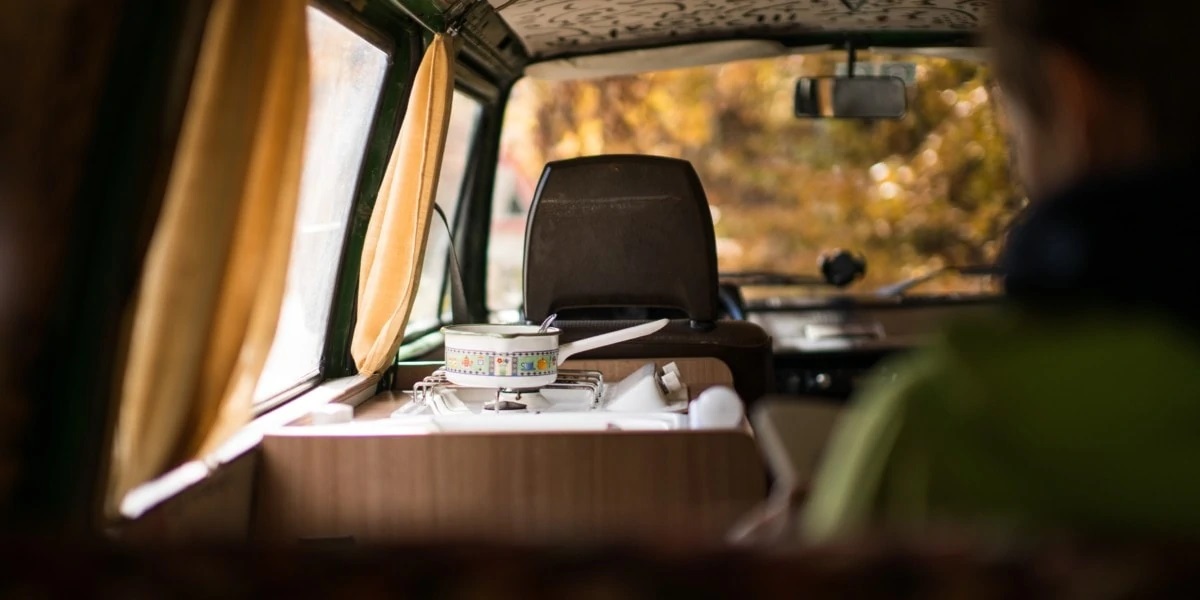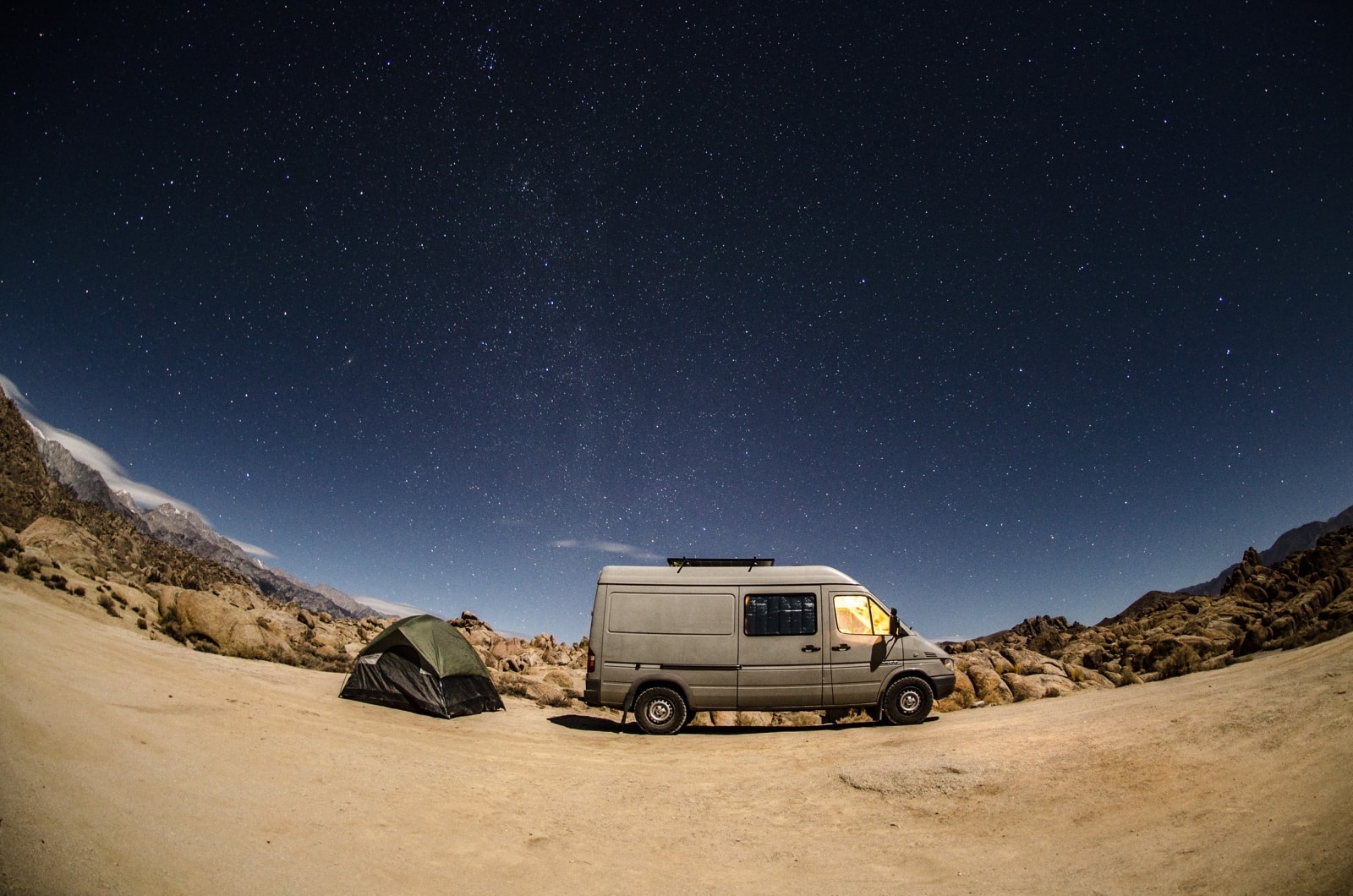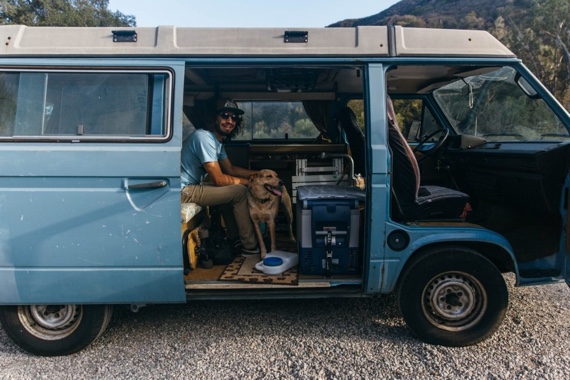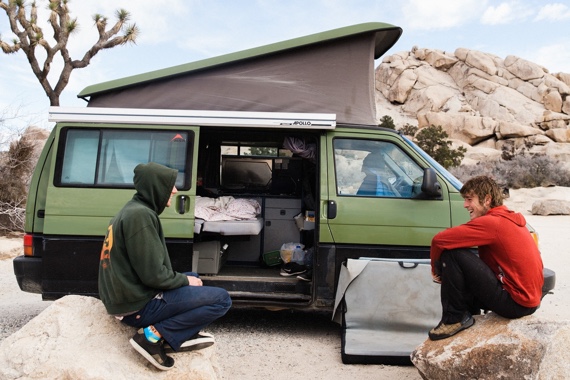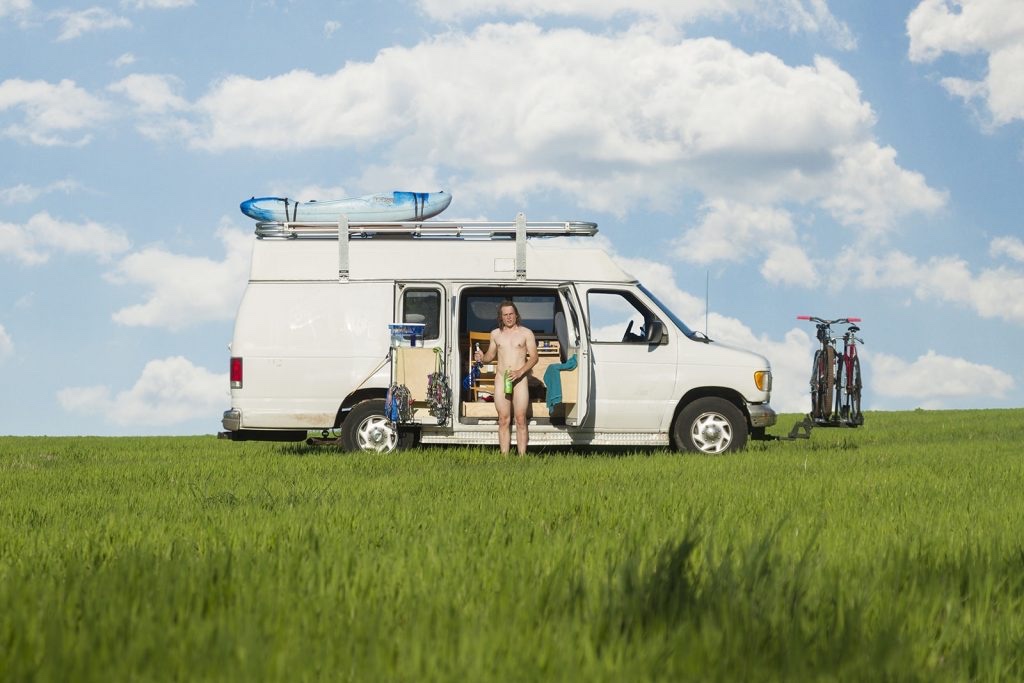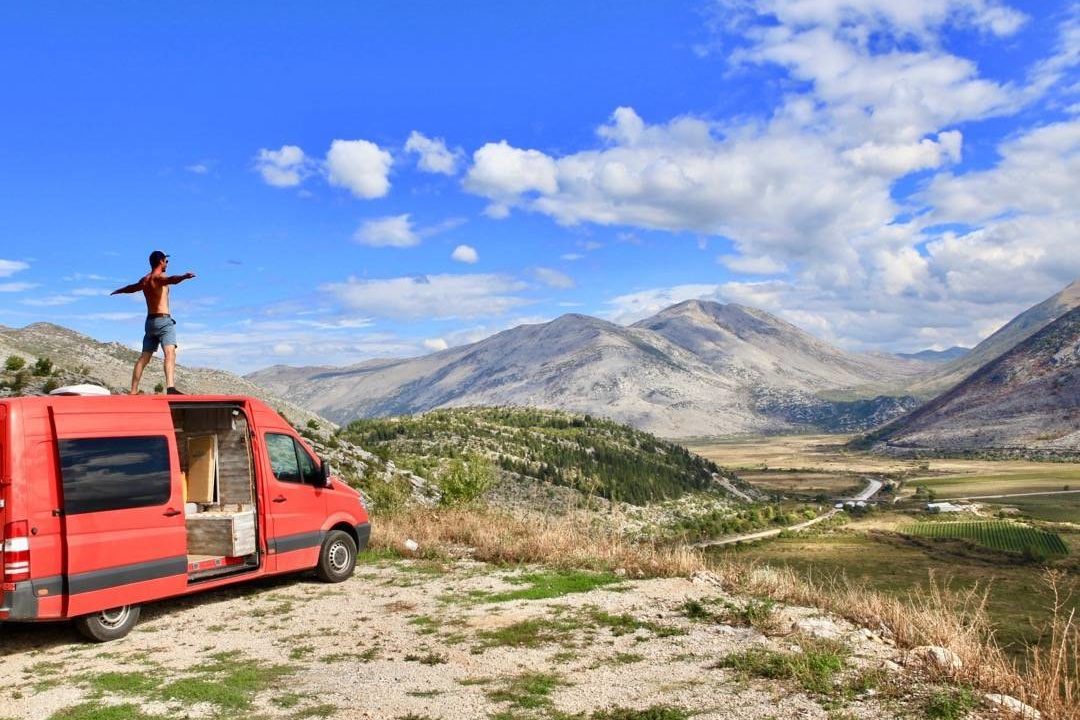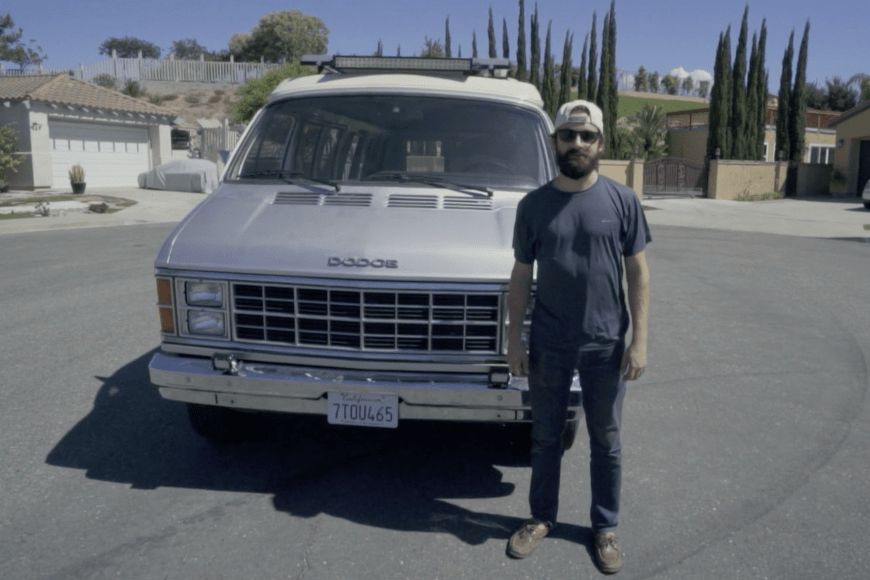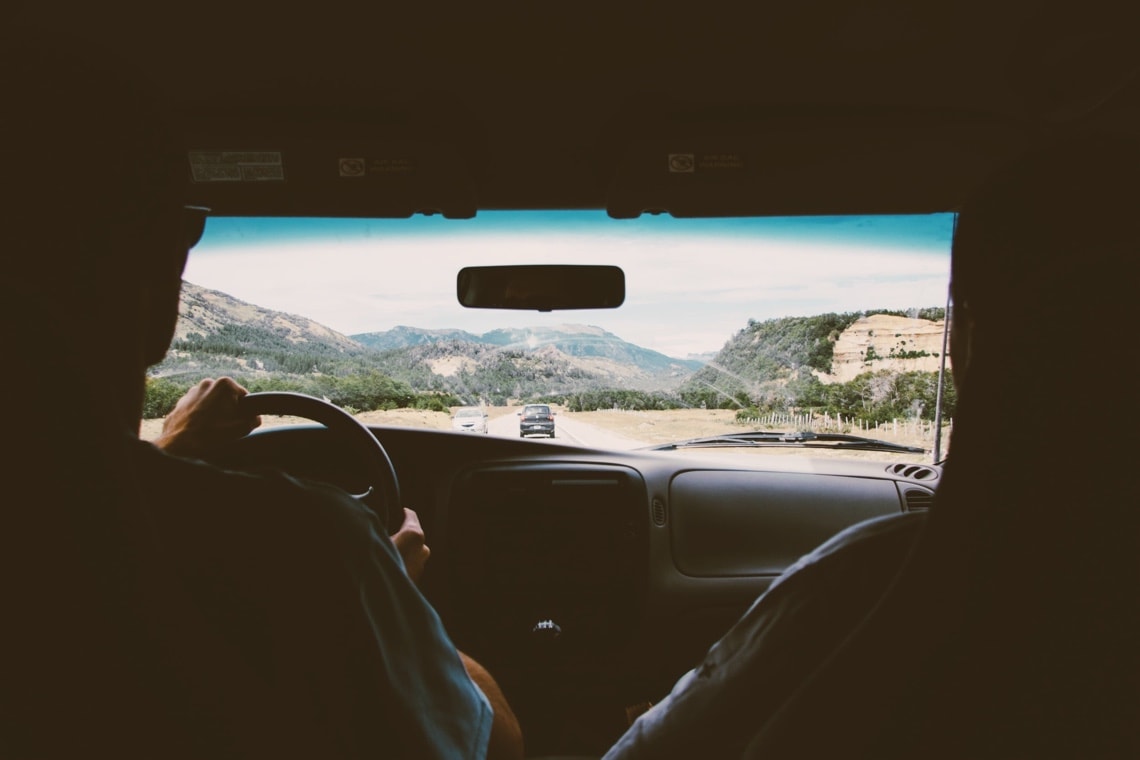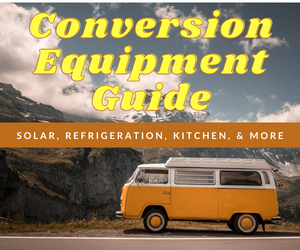Downsizing can be an exhausting process – both mentally and physically. However, taking the time to consolidate or clear out those old, unused items sitting around your home can also be liberating. The goal of downsizing is to rid yourself of the things you don’t need while keeping what you do need. Though this sounds like a simple process, it’s usually not. There’s a fine line between knowing what you need versus what you want which is why we reached out to the experts in minimalism, from Sacramento to Miami, to provide you with some helpful tricks to get you started. Whether you’re looking to move into a tiny home, van, or just trying to optimize your current space, we believe these expert tips will guide your downsizing journey.
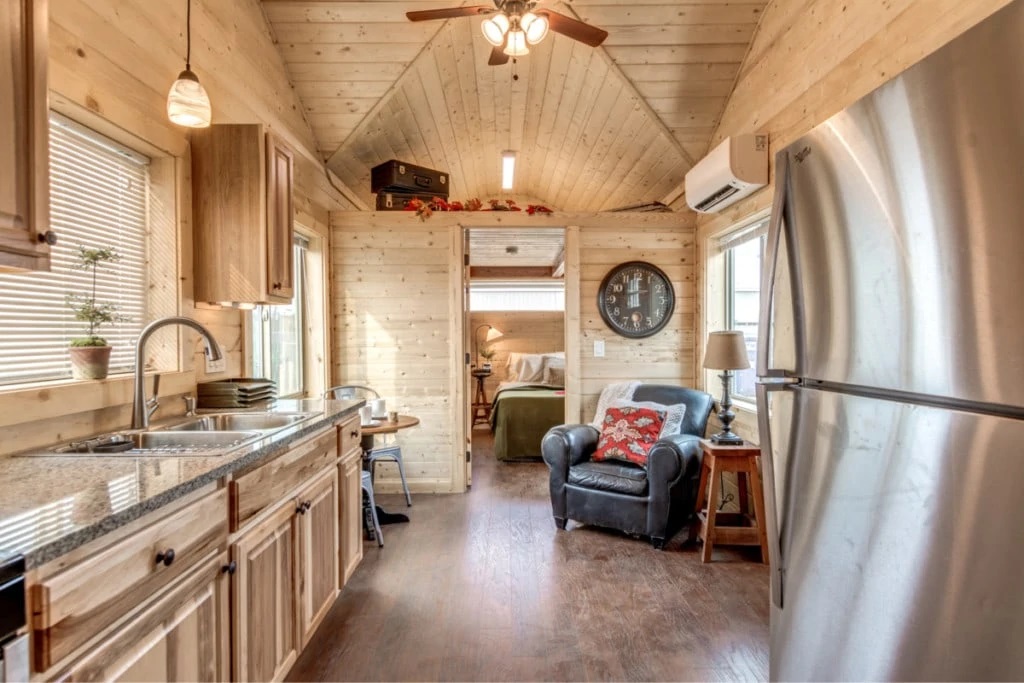
Know your “why”
When downsizing, looking at your “why” is essential. Why is it important to you? What is the purpose of downsizing? No matter if it’s money, a desired lifestyle, family, or something more, the bigger your “why” the more drive you’ll have to get rid of excess and live in your downsized space. – Tiny House Community
Identify needs versus wants
While deciding what to keep when downsizing can be extremely challenging, it’s helpful to separate the items you need from the items you want. You may have a gorgeous TV stand and large DVD collection, but practical thinking might instead have you wall-mounting your flat-screen and streaming movies instead. Things that previously would’ve been owned by each member of the home, like a closet or other clothing storage, can instead be treated communally and shared by all. For those considering moving to a modular tiny home, many builders offer optional loft areas for storage. – Wolf Industries
As van travel aficionados, we’ve learned a thing or two about living with less over the years. Our shortlist for downsizing success includes a thoroughly organized list of needs versus wants, multi-purpose items (think Swiss Army knives for starters), and the mental realization that you don’t need a lot of material things to be happy. From working on-the-go to being in a small space with our partners for long trips, we’ve gotten better through trial and error. Not to mention, we’ve got storage down to a fine art. Never underestimate the power of under-bed drawers and collapsible furniture! – Voyager Camper Vans
Start by gathering up all the things you think you need in one place. Chances are you’ll fill up the room! Then group similar things – put your clothes together, cookware, tools, equipment, etc. Now you can start reducing in a very visual way seeing your piles get smaller. Clear out any duplicates or multiples. Consider getting rid of any “single-use” item like a tea kettle. A cooking pot can do double duty by heating water and cooking. You can also evaluate each item in terms of how often you’d use it in a typical week or month. – Vanlife Outfitters
Downsizing is difficult, but once you have freed yourself of your nonessential ‘stuff’, you will find you have so much more freedom. A van is a tiny home on wheels, but if designed carefully, affords you the opportunity to be thoughtful about every inch. We are big fans of clothes cubes and IKEA style storage bins to throw into cabinets. We love the clever use of wall and ceilings space – we have fishing rod holders on the ceiling of one of our vans and hooks strategically placed all over. It’s tough in the beginning but as soon as you get a system in place, it’s second nature. – Aspen Custom Vans
Pareto’s Principle (the 80/20 rule)
We are firm believers in Pareto’s Principle (the 80/20 rule). We use 20% of our belongings 80% of the time and vice versa. Moving into an alternative living space (like a van) requires an honest inventory of how often you use the majority of your belongings. Many people, that downsize and simplify, find that they are much happier, more focused, and balanced with fewer belongings.
To anyone considering moving into a van – get rid of almost everything you haven’t touched in the last 60 days. I
most cases, you can live without it. Believe it or not, you can live without the toaster oven, blender, and panini maker (all of which typically get very minimal, to begin with). – Vancraft
Quality over quantity
Living in a camper van is the extreme end of tiny home living, therefore you should always ensure each item you own is something you’ll use regularly and won’t easily break – emphasize quality, not quantity on every item you choose to keep. The camper van community loves to share their unique ideas so use the people to your advantage! Reach out, ask questions, and offer to share your own ideas as the best advice comes from someone who is currently living successfully small. – Boho Camper Vans
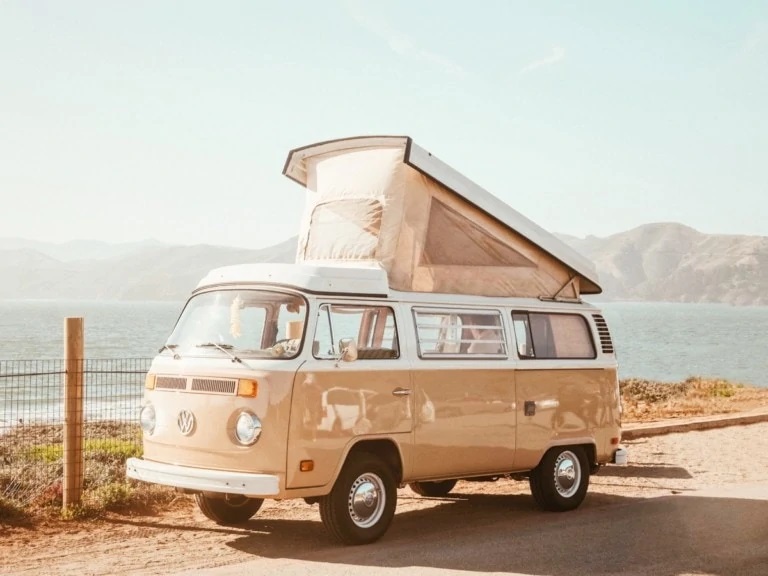
Optimize your storage
Here are a few tips: Think small. You will find a smaller version of everything you ever owned: plates, utensils, cups, blankets, etc.
Think collapsible. Many outdoor brands are doing the work for you already: collapsible containers, sinks, foldable tools, compact ovens, etc. They’re usually fun to use as well!
Think optimized. When you think you’re done organizing, think again. Maybe you can fold your t-shirts more effectively, allowing you to have one more in your cabinets. Optimize. Optimize. Optimize. – Vanlife Customs
I always recommend finding a permanent home for everything. Use drawer dividers, spacers and packing cubes. It keeps everything nice and tidy. Keep a laundry bag to store dirty laundry away from your clean items. Have a dedicated space that holds your cleaning supplies including a broom! Keeping your new tiny home tidy is one of the most important pieces of advice! It’ll feel bigger and you’ll be happy to go to bed at night knowing your new home is clean. It also makes finding items and making food a lot more pleasant. – Roamerica
When our tiny house customers ask us to build in storage systems, I always encourage them to begin living in the space before permanently committing to the location of their storage. After you begin using your new space, you get a better feel for which areas can be used for short-term storage and long-term storage (and maybe even which items you no longer need). Once you’ve determined that, you may decide to have storage built-in, or often you can find great storage solutions at IKEA at a fraction of the cost of built-ins. – Carriage Houses NW
Organization and cleanliness are key, especially in a tiny home. When we first downsized, one of our biggest frustrations was tripping over muddy hiking shoes in the morning. Having a dedicated space for wet or smelly items made all the difference. Packing these items in an exterior compartment or a well-ventilated area will keep your home smelling fresh. – Parked in Paradise
Get creative with the space you have
Get creative! When one goes tiny there is very little room for excess. In the case of a houseboat, van, and some tiny homes, you will encounter a much different bathroom experience. Whether it is water limitations because of tank capacity or just general space in a bathroom, B&B has a lifehack for this. Take advantage of facilities in your surrounding areas. A gym membership will promote a healthy active lifestyle and give you access to a social atmosphere, showers, towels, hygiene products, and a general mental stimulus to occupy a portion of your day. Getting comfortable using a gym or clubs’ facilities could make the transition from a multiple bathroom situation down to a tight one bathroom household much easier. The money saved from the downsizing can usually more than cover your membership to these facilities. – B&B Tiny houses
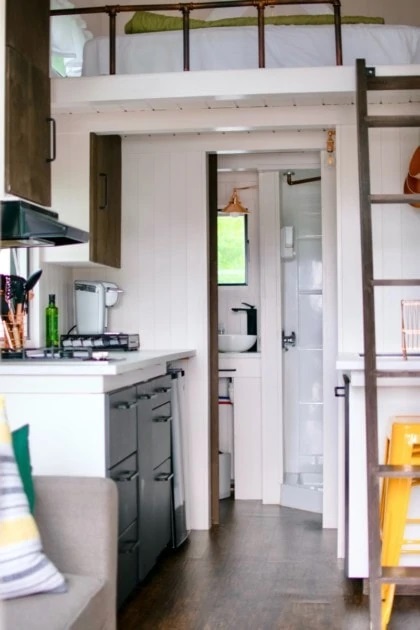
Take advantage of multi-purpose items
Choose items that can be used for multiple purposes when deciding what to take with you. For example, when we are building a van, we use a couch that turns into a bed and also has storage available below. Why not think that way when you pack? – Sportsmobile
With downsizing, there are two major things that have helped me in my minimalism journey. The first is to keep and pursue belongings that are dual purpose. If something can’t serve me in more than 1 way, I try to donate it, or simply just don’t purchase new items that don’t have a dual purpose. The second most important thing is to consolidate my belongings into 1 quality item. For example, when I moved into a van I had 5 pairs of black leggings – some were old, some had holes in the knees, etc. I donated all 5 and invested in a single high-quality pair and that new pair has now lasted me for multiple years. I apply this same principle to many items: drinking cups, shoes, backpacks, hiking gear, and more. It’s really made a difference! – So We Bought A Van
Focus on functional systems
Since Outside Van is a fully custom van conversion company, we encourage vanlifers to be unique when designing their one-off vehicles. Since a van has limited space, focus on functional systems like power, solar, heat, and water. Just because a van looks good in photos doesn’t mean it’s a high-performing, functional vehicle for full-time living. And you might reconsider needing a toilet. – Outside Van
When preparing to move into a small space don’t limit your planning to where you will store things you want to keep, but also consider how you will manage your waste. Trash, recycling, and food waste can build up faster than you expect. Your beautifully designed space can quickly become a nightmare when three-day-old cans of tuna are left overflowing from your trash. Consider what waste a product will create before you buy it. – Vanvaya
Go Digital
We all have boxes of records, stacks of magazines and catalogs, unwanted piles of old bills, envelopes, lists, notebooks, etc. Every cubic inch of a tiny home is loaded with intention and care for how the space looks and feels; a couple of boxes worth of this stuff could be lifestyle defining. It might mean you couldn’t have a chair for a friend when she visits, some sports equipment you’ve been wanting, or space for plants and animal friends. Scan it, upload it onto a computer and throw it onto a hard drive. Instead of books, music CDs, and Movies on DVD, transition to eBooks, Netflix and Spotify to declutter your collections.
Additionally, you can always consider moving somewhere warm so that your clothes are smaller, and you need less of them. – TruForm Tiny Homes
No room for materialism
In an era when modern life is fast-paced, more demanding and stressful, slowing down and savoring life can be hard. Costs of living are increasing all over the world, from Hong Kong to San Diego, so communities of ambient folk living on residential boats, camper-vans, trailers and static homes are gaining popularity as people escape the urban squash. Downsizing will mean that personal space is at a premium. While it can be a hugely bonding experience, you will be asking your loved ones to kindly move so you can pass every time you walk from the kitchen to the bedroom. It’s impossible to be materialistic, as there simply isn’t room to store anything surplus to absolute requirement. Cooking becomes simplified, clothing whittled down to necessities and trinkets a thing of the past. – Rightboat
Tips for moving into a smaller space with a partner, kids, or pets
One of the most valuable things we can suggest when preparing to move into a smaller space is to make sure you are on the same page with your partner/housemates. Though you might think it’s not a big deal to throw away that box of high school trophies your wife has been lugging around for four years, it might be something they don’t want to toss. Make sure you do a visual assessment of your current space and then figure out a plan to downsize together. Perhaps there’s a designated area where you can put things you want to toss that everyone can look over before they actually end up in the dumpster or at Goodwill. – Authentic Asheville
Choosing to live a smaller, simpler life with your partner is often a challenging yet incredibly rewarding experience. My advice: don’t expect a tiny house to fix anything in your relationship; what it will likely do instead is to intensify everything. To be successful, it takes an increased focus on good, honest communication and kindness, moment to moment, to make sure each of your needs is met. This means designing your house (or lifestyle) to be sure both of you have the physical space (and time to yourselves) needed to thrive. If done with care, a shift to a smaller (even tiny house) lifestyle can bring you both more joy, intimacy and freedom. – The Tiny Project

